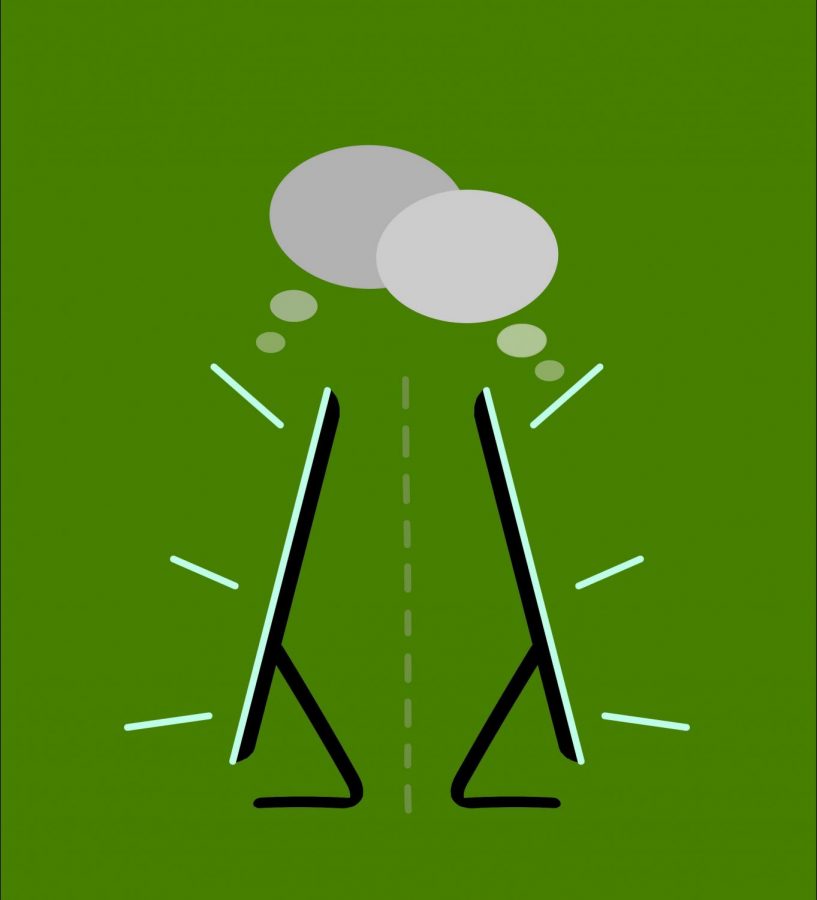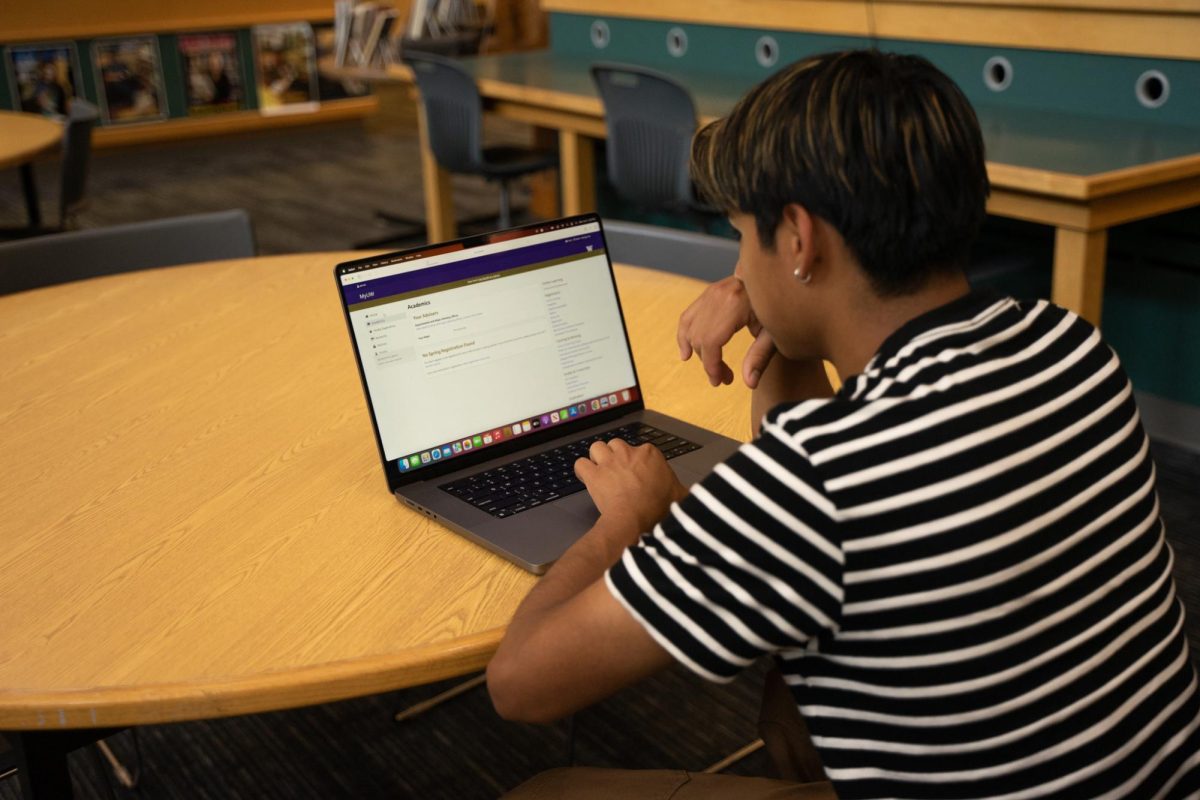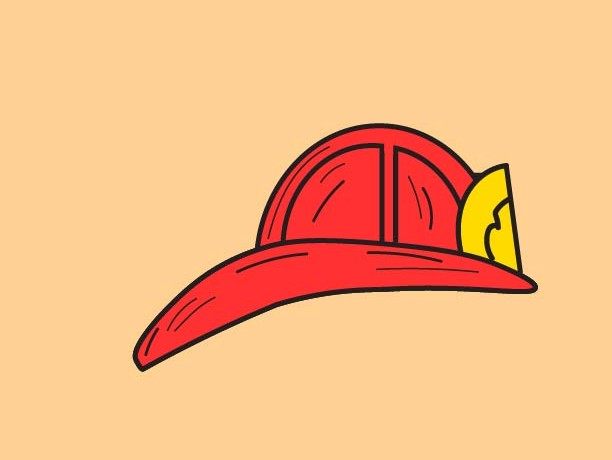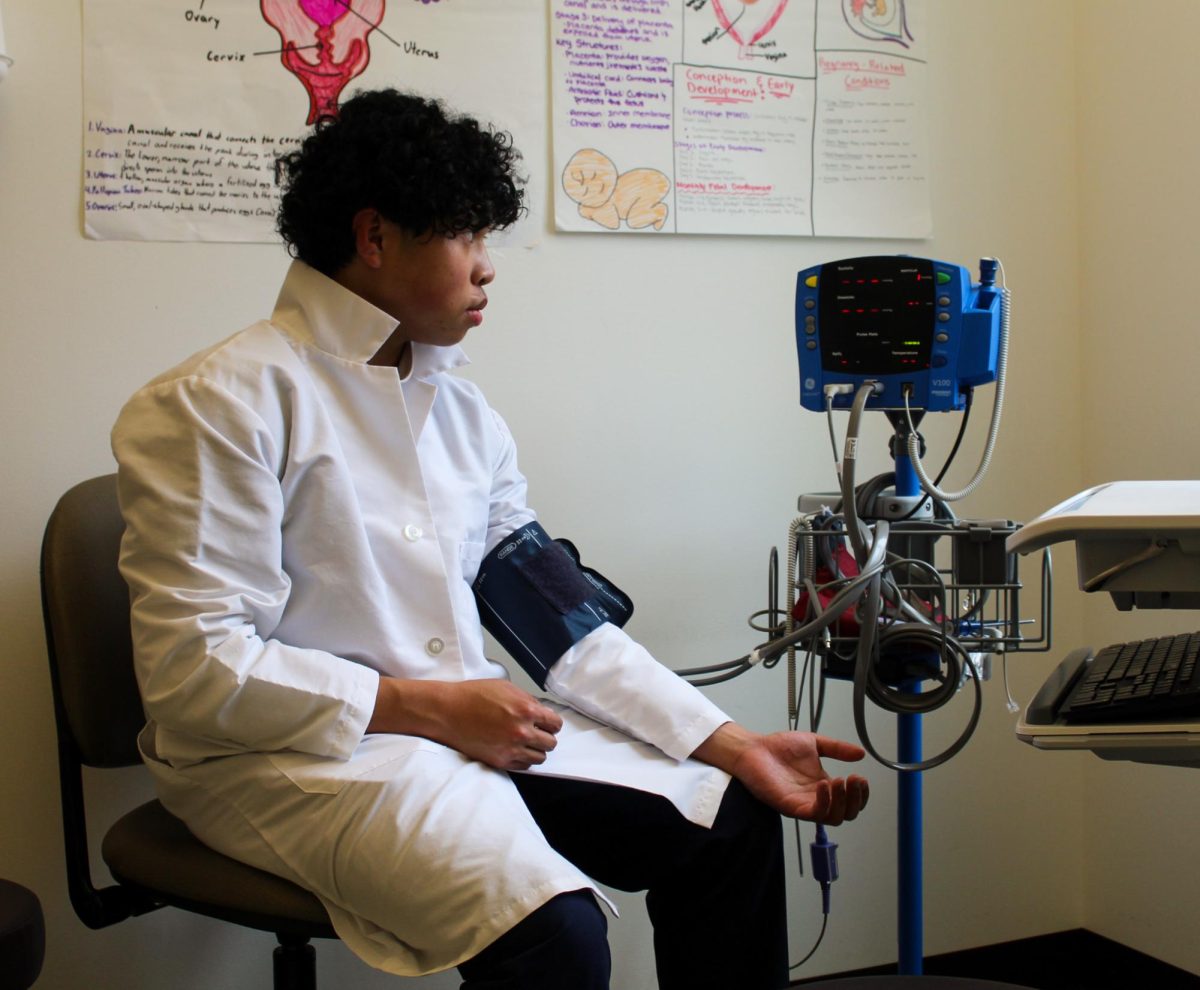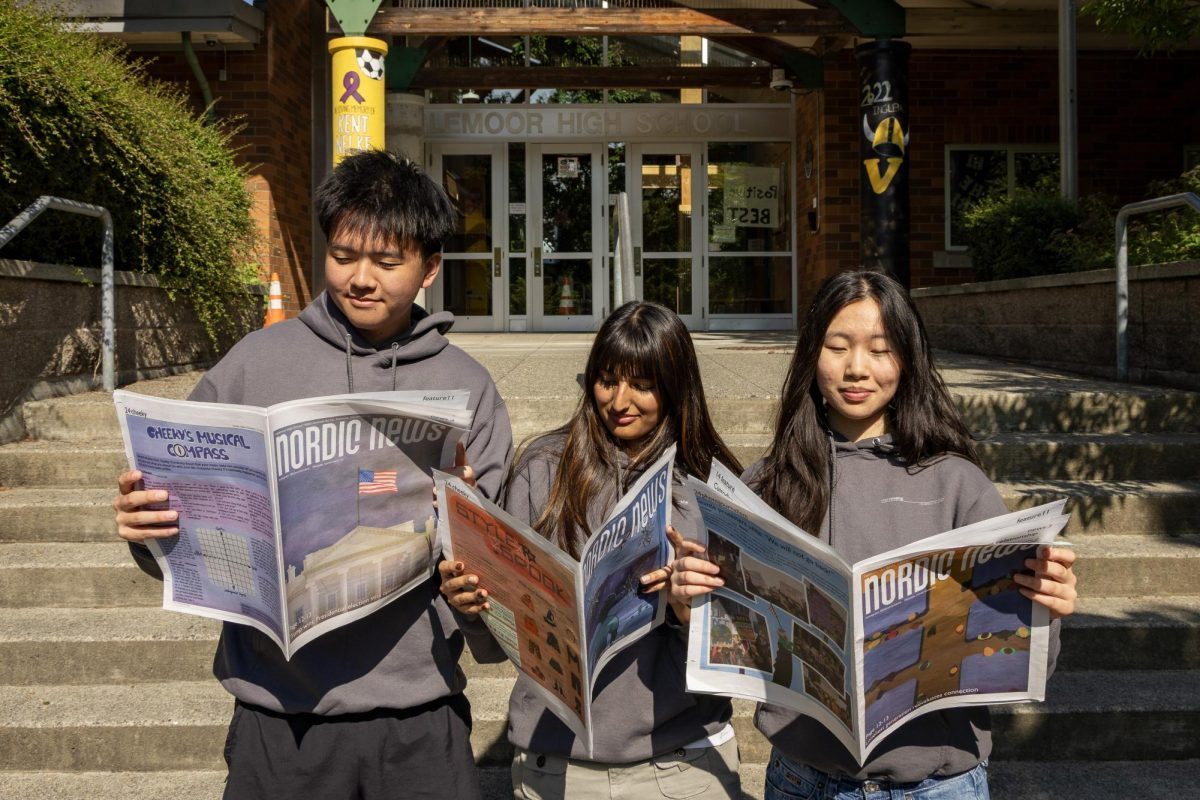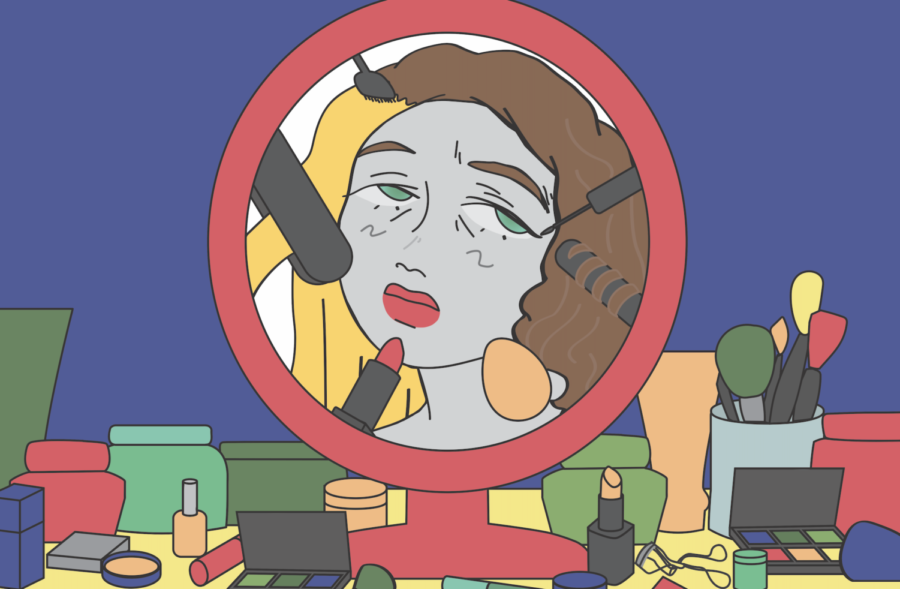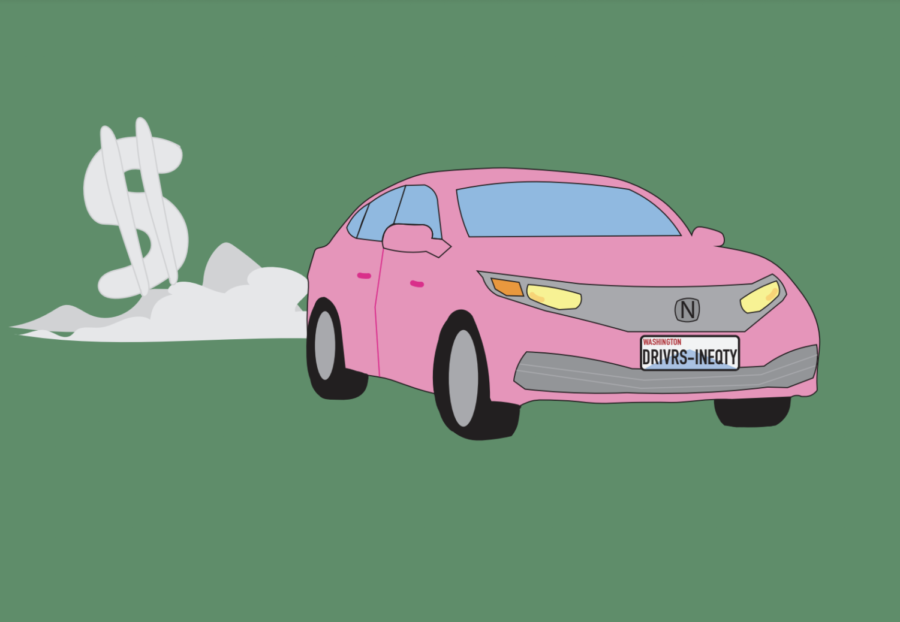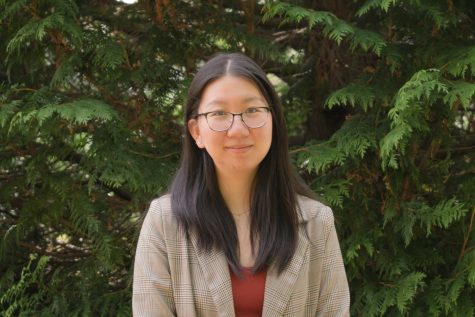The transition to virtual learning has not only initiated conversations about implications for education, but also how going virtual will impact clubs. In light of COVID-19, clubs have been forced to make structural changes in regards to membership and club activities. The virtual experience has been especially tough for clubs that require heavy collaboration. For instance, Science Olympiad relies on club time to prepare for competition.
“There’s some events in Science Olympiad where you have to build something physical, and those club meetings give a very valuable time for our members to work together,” Science Olympiad president and senior Kai Smith said. “And that’s kind of difficult and somewhat impossible at this point.”
Although Science Olympiad is a competition-focused club, being able to socialize with peers is a large part of joining clubs, which is more difficult with virtual meetings.
“That’s definitely diminished in having to participate virtually, but at the same time, there is still that social aspect of clubs,” Smith said. “It’s just different because it’s not an in-person social interaction, more so it’s talking on group chats or having Zoom calls.”
With physical meetings no longer possible, clubs have focused more on digital means to ensure members can still work together. According to Art Club president, junior Darren Tai, members now collaborate on art using Zoom. “Usually, people would be next to each other on a desk, but now we share our screen using software so there’s a higher emphasis on doing visual drawing.” This makes it easier for club members to work together.
“With digital collaboration, I can just send a file to someone to help collaborate [on digital art],” Tai said.
The reliance on technology has also come with some technical and logistical challenges. Tai said that being completely digital has prevented some members from participating and showcasing their work.
“Some people may be more traditional artists that draw on paper or do physical media. Now, they have to take a picture and roll with that process of engaging with other people.” Tai said that communication is also a longer process, because they must email first to schedule a Zoom meeting. It can then take days to receive a reply if the message becomes lost in a busy inbox.
On the other hand, running clubs virtually has come with unexpected benefits, like making clubs more widely accessible. Smith said the main benefit of functioning virtually is ease of participation.
“Members don’t have to physically go anywhere,” Smith said. “They are able to stay in their home and still participate in the club.”
This explains why many students from other schools have joined Art Club this year.
“One unique thing this year is that we have members from other schools that are interested in coming to join our club—which is online—which is very very different.”
Tai said he is planning on joining Chinese Club this year, which would not have been possible under normal circumstances.
“I was previously unable to go because of a schedule conflict after school on Wednesday, which was when Chinese club was going to start.”
In addition to improving accessibility, going virtual has also provided some new insights—practices that may be helpful even after clubs return to in-person meetings. Tai said that Art Club will continue using their new Discord server, because it is easier to communicate with members.
“The convenience of the Discord server is being able to do quick announcements where everyone will see, because not everyone checks email these days,” Tai said.
Despite being virtual, competitive clubs are still preparing for competitions, whether they are virtual or in-person. Currently, the state wants to hold the Science Olympiad competition virtually but are still waiting to meet some prerequisites.
“To compete this year, we’ll have to have the district to be in hybrid. So we’re really hoping for hybrid to come on soon, or at least before our first competition.”



